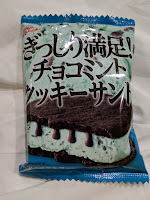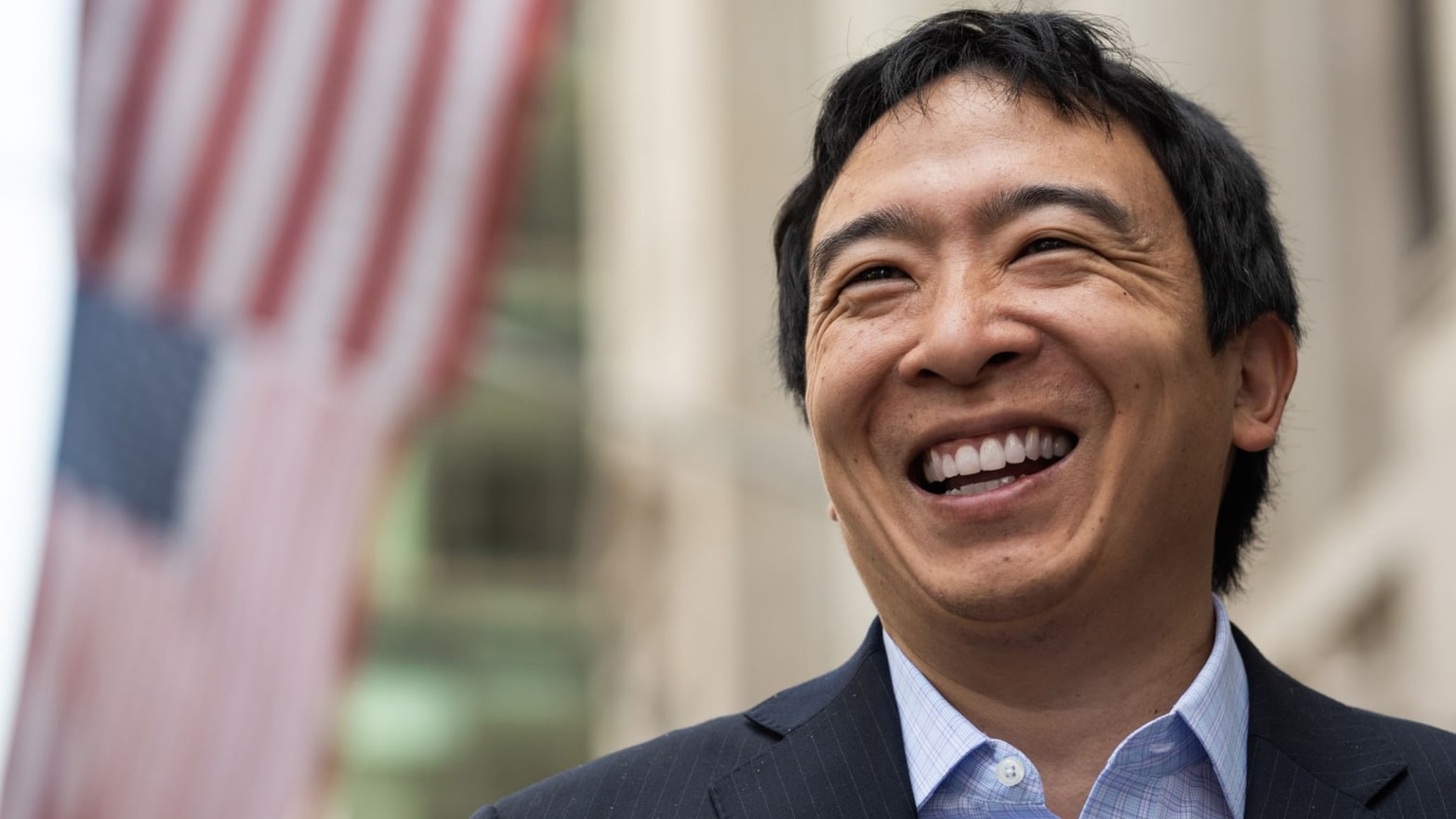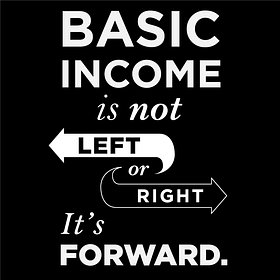Excuse me / Sorry
"Sumimasen"You'll tend to use this phrase a lot, so practice it! Use it to get by in a crowd, if you bump into someone accidentally, or if you need help. Generally, you'll use this phrase before anything else on this list. Just assume you'll start with it.
Thank you
"Arigatō gozaimas"
There are a number of ways to say thank you depending on the formality, situation, etc., but for beginners, I could stick with this one. Do NOT refer to that Mr. Roboto song for etiquette, trust me on this one.
Where is this?
"Ko-re wa doko des ka?"
It is sometimes useful to point to what you're looking for (on your phone or a map, etc) and ask where it is.
Ko-re means "this," and "doko" is the all-important word for "where," the wa and des ka are just formalities for this form, but good to include if you can remember.
Do you have this?
"Ko-re wa arimas ka?"
Use this if you're looking for something specific in a store, and you have a picture on your phone, for example.
Where is the bathroom / toilet?
"Toire wa doko des ka?"
Check please!
"O kaikei onegaishimas"
If the server doesn't give you the bill with your food, you may have to ask for it. Make sure to start with excuse me.
Do you have an English menu?
"Eigo no menyū wa arimas ka?"
You can remember how to say English by thinking of Eggo waffles, "Eigo." Menu is basically menu.
Good morning
"Ohayō gozaimas"
Think of the state of Ohio.
Good afternoon
"Kon'nichiwa"
Usually you'll use this phrase as a greeting even starting around 11 am, and until it gets dark.
Good evening
"Konbanwa"
It is okay / good / fine
"Ii des."
Pronounce like "eee"
Yes / No
"Hai" / "īe"
Pronounce like "Hi" and "eee-ya"
I don't understand / I don't know
"Wakarimasen"
I understand / I know
"Wakarimas"
Water, please
"O mizu o kudasai"
Katakanized Words
You'll notice a number of words are similar to their English translations, except perhaps with more / longer syllables. This is called Katakanization. For a few examples, beer is "bī-ru," cake is "kēki," orange juice is "orenji-jūs," cookie is "kukkī." These words are helpful to recall, however, don't assume that other words can just be exteneded to make Japanese words, you may get funny looks if you try to make up Japanese words.More Japan Guide
Getting There / What To BringTraining It - The Best Way to Get Around in Japan (Trains)
Where to Stay
Eating Out
Things To Do
Key Phrases















































